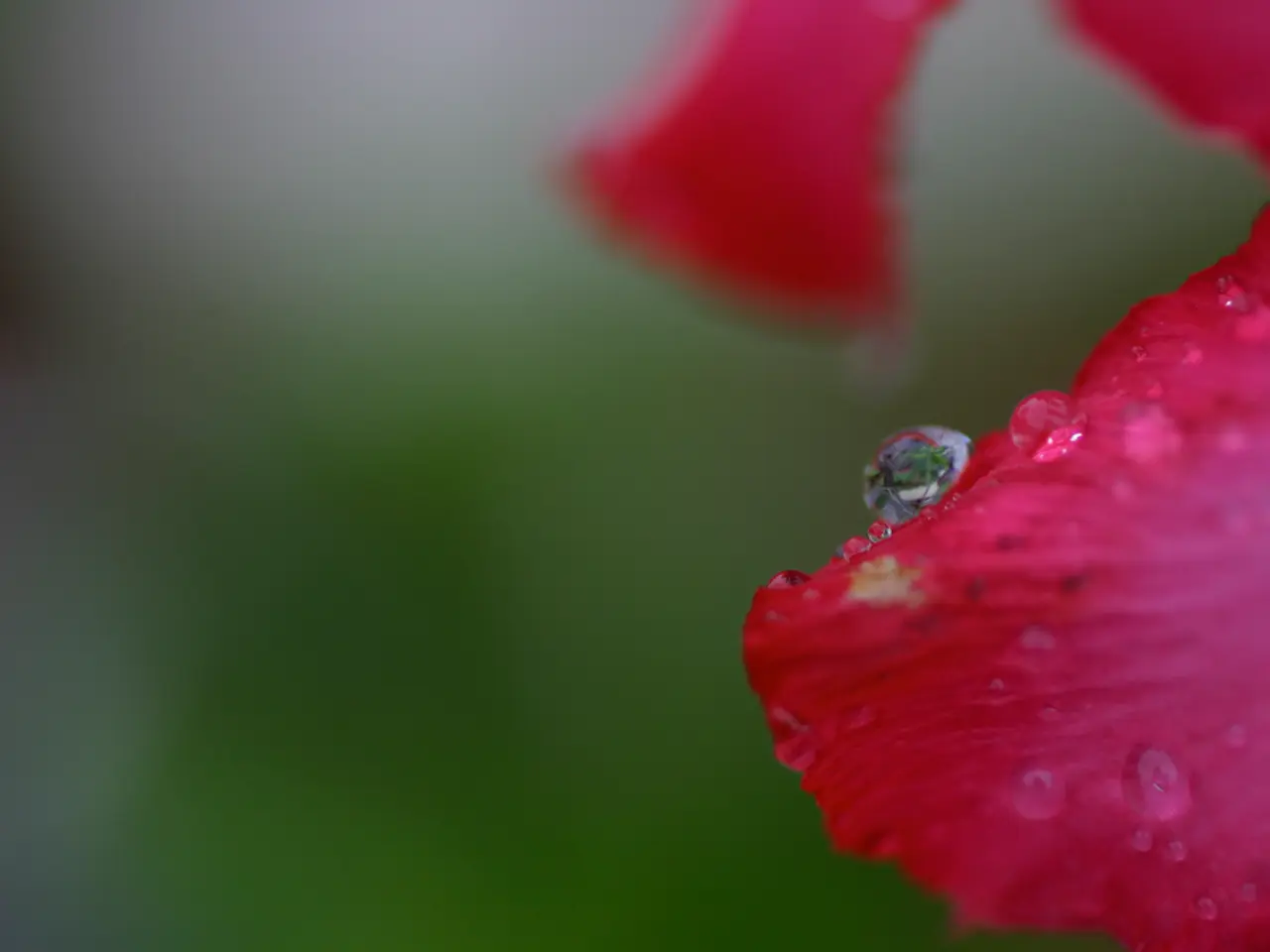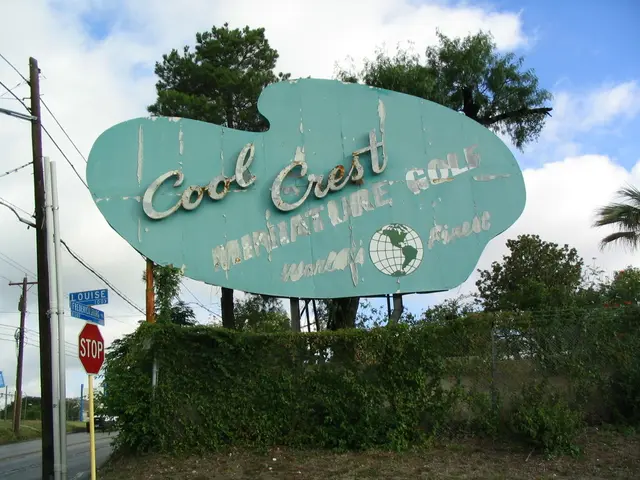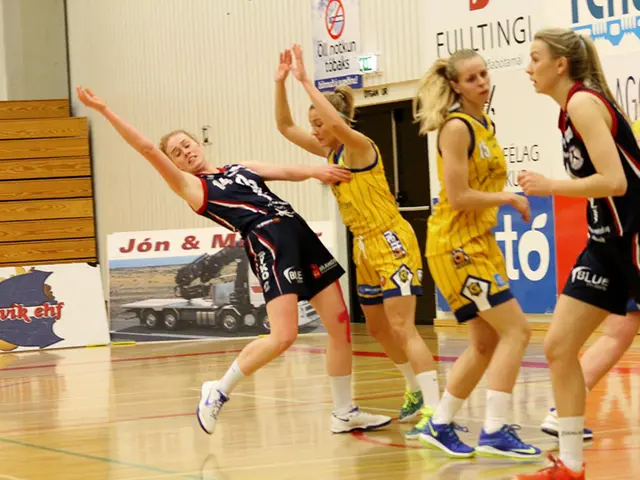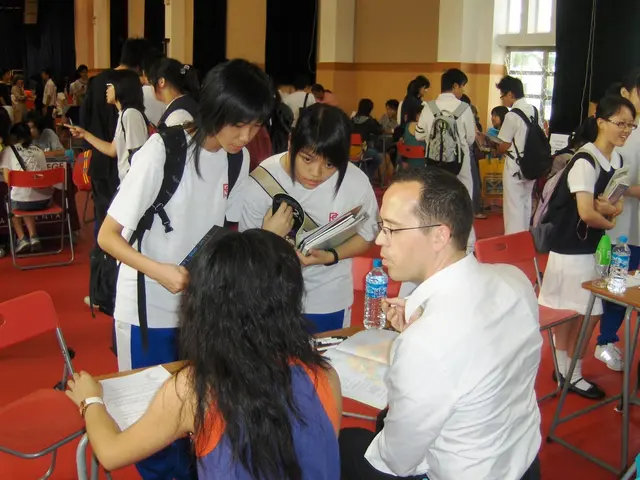Experiment in Macro Refraction Science
The Macro Refractions Science Experiment is an engaging and educational activity that delves into the fascinating world of optics, specifically exploring the concepts of Refraction, magnification, convex lenses, and light behaviour. This experiment is perfect for children in Grades 3 and above.
### Illuminating Optics Principles
This experiment effectively demonstrates key principles of refraction, magnification, and light behaviour in optics. When light passes from one medium to another, such as air to water or through a curved transparent object, it bends. This bending is visibly demonstrated in the Macro Refractions Science Experiment, helping to understand Snell’s Law and the concept of refractive indices.
Magnification is another principle that the experiment showcases brilliantly. By using curved transparent objects like water-filled balloons or lenses, the experiment demonstrates how refraction can cause objects to appear larger or smaller depending on the curvature and material properties of the medium.
The experiment also reveals how light rays change direction, concentrate, or diverge, displaying behaviours such as focusing, inversion of images, and distortion. It highlights fundamental concepts common in lenses and optical devices.
### Gathering Your Supplies
To embark on this optical adventure, you'll need a transparent container or lens (such as a water-filled balloon, glass of water, or a curved clear plastic lens), a light source (natural light or flashlight), objects or text viewed through the container to observe magnification and image distortion, a flat surface or a stand to hold the setup steady, and possibly coloured backgrounds or grids for clearer observation of light bending.
For this specific experiment, you'll need two glasses, clear packing tape, a spray bottle filled with water, science journal pages, and a fresh flower.
### Testing Your Hypothesis
A hypothesis could be: "If I use larger water droplets, then the flower underneath will appear more magnified than with smaller droplets." Using the scientific method, kids can turn this experiment into a complete project by writing a hypothesis, testing variables, and measuring results.
### Unleashing Your Inner Scientist
Water droplets, when acting as convex lenses, focus light towards their centers, altering the appearance of objects beneath. Using a variety of objects, such as a photo, leaf, or patterned paper, under the tape can also be tested for their effect on the magnification.
The principle behind the magnifying effect of water droplets is the same as that of magnifying glasses and lenses in the human eye, cameras, and microscopes.
Encourage kids to explore extension activities such as using a magnifying glass, observing rain or dew on outdoor plants, researching insect eyes, and creating a science journal.
Measuring the enlargement of the flower's image by comparing it to its actual size is an essential part of testing variables in this experiment. By conducting this experiment, children will gain a deeper understanding of the principles of optics and have fun doing it!
- The Macro Refractions Science Experiment is a hands-on activity for kids in Grades 3 and above that showcases key principles of optics, including refraction, magnification, and light behavior.
- This experiment offers a fun way to learn about Snell’s Law and refractive indices, demonstrating how light bends when it passes from one medium to another.
- The experiment also exhibits the principle of magnification, using curved transparent objects to display how objects can appear larger or smaller depending on the curvature and material properties of the medium.
- Kids can test various objects under the curved clear plastic lens or water-filled balloon to observe different levels of magnification and image distortion.
- In this experiment, art comes into play with the use of coloured backgrounds or grids for clearer observation of light bending.
- To embark on this learning journey, you'll need supplies such as a transparent container, light source, objects for observation, a flat surface or stand, coloured backgrounds, two glasses, clear packing tape, a spray bottle filled with water, science journal pages, and a fresh flower.
- Children can make it a STEM project by writing a hypothesis, testing variables, and measuring results, such as the idea that larger water droplets would result in a more magnified image.
- The experiment also explores online education platforms for additional learning, such as conducting research on insect eyes or creating a science journal.
- Through this experiment, kids can unleash their inner scientists, understanding the fundamental concepts of optics and having fun while learning about the principles of refraction, magnification, and light behavior in science education and self-development.




